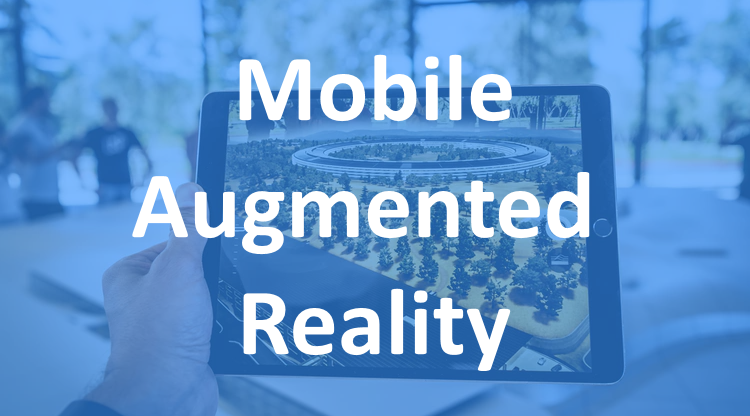
AR is predicted to be the next trillion dollar industry due to the way it could potentially change the way we live, work, and play.
The true power of AR is its ability to use visual information as an input signal, process it and provide valuable contextual information right in the context of user interaction.
When it comes to AR-enabled devices, it’s evident that AR will evolve towards AR headsets and glasses. In the next decade, AR headsets and glasses function is going to change drastically — the industry will integrate innovative technology and enhanced ergonomic design into its products. But does it mean that we should wait 10+ years to start designing AR experiences? Absolutely not! Even today we can create AR experiences using the most ubiquitous technology device for consumers — mobile phones.
And it’s important to understand that the concepts we create today will influence the AR experiences of the future.
Today I want to share nine interesting AR concepts for mobile. All concepts that you’ll find below have one thing in common — they attempt to save our time.
1. Navigation and wayfinding
AR that guides users
Finding your parking lot
“Where did I park my car?” is a common question among drivers. While some mobile navigation app (like Apple Maps) will help you find the place they won’t be really helpful if that place is multi-level parking.
The following concept attempts to solve this problem by providing a clear direction towards the parking lot.
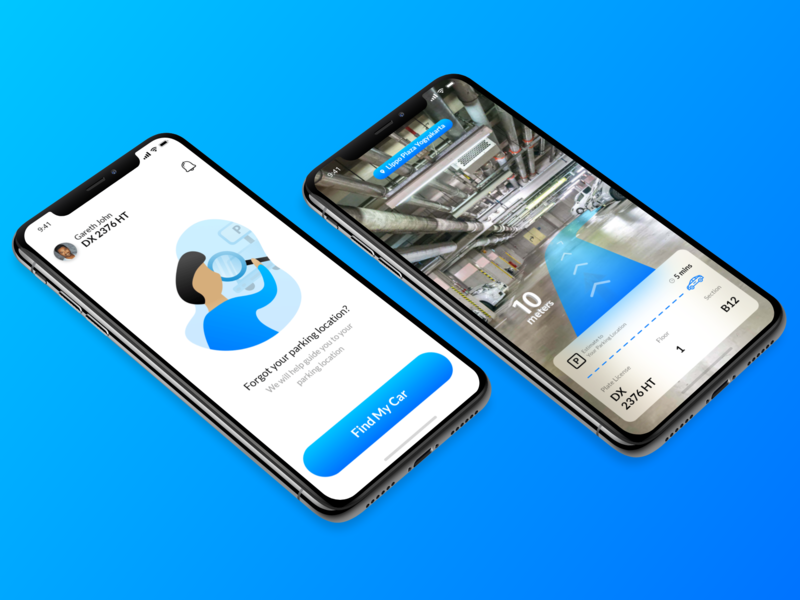
Finding your driver
Sometimes it might be difficult to find the specific car you’ve ordered via taxi/ridesharing services. Imagine you have to find your taxi that stands in the row of other taxi cars. AR view can make this process much easier.
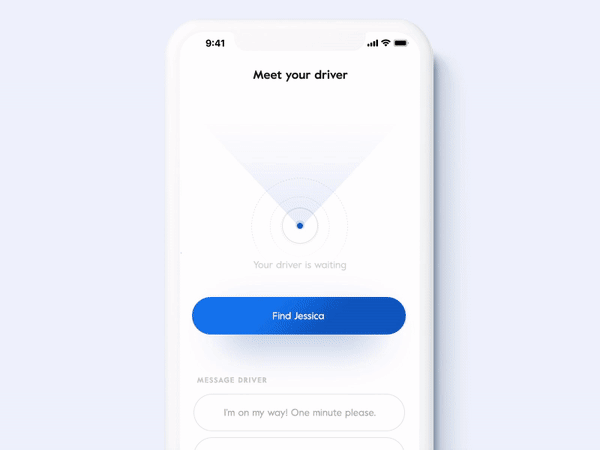
2. Object Scanners
AR that provides detailed information about items
Food scanner
If you’re a wine lover, it’s fairly easy to spend half of an hour looking at wine shelf, trying to figure out which wine you need. The following concept helps you instantly see detailed information about the wine and all information about food pairing.
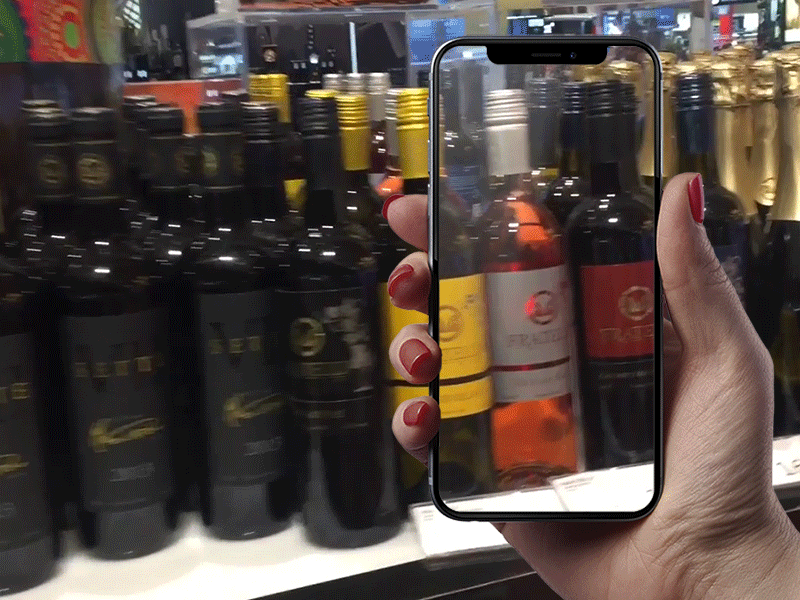
Car scanner
AR ability to scan objects can work both for small-sized and large-sized objects. For example, it’s possible to use AR to give the user the ability to find details about a car they see on the street.
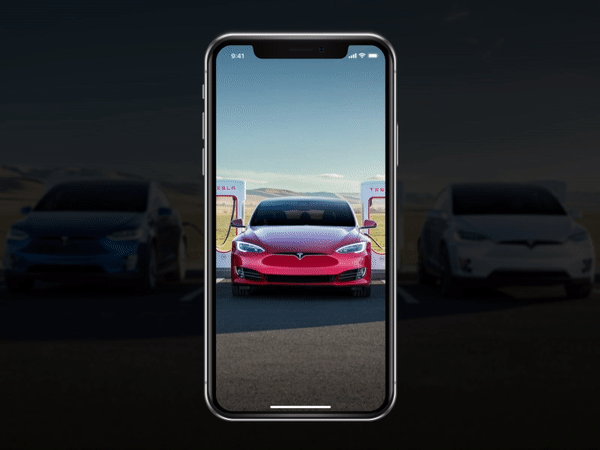
3. Changing visual attributes
AR that applies new properties on real-world objects
Decoration
Using AR, you can place the virtual object next to or on top of the real objects or change the visual attributes of real-world objects (such as color).
For example, a furniture company might let consumers visualize how a new sofa or chair would look in their house.
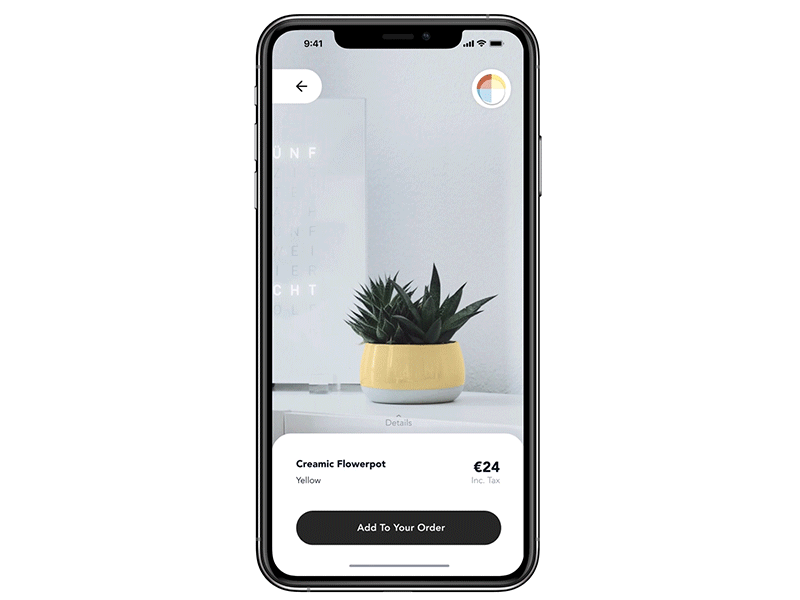
Cosmetology and makeup
With AR you don’t have to rely on your imagination — you can seel the effects of the procedure before you make it. It is especially important for cosmetic procedures (like botox) or surgeries (especially those that have an irreversible impact).
Below is a concept of an app that creates beauty proposals— the user can see the effect of procedures in real time.
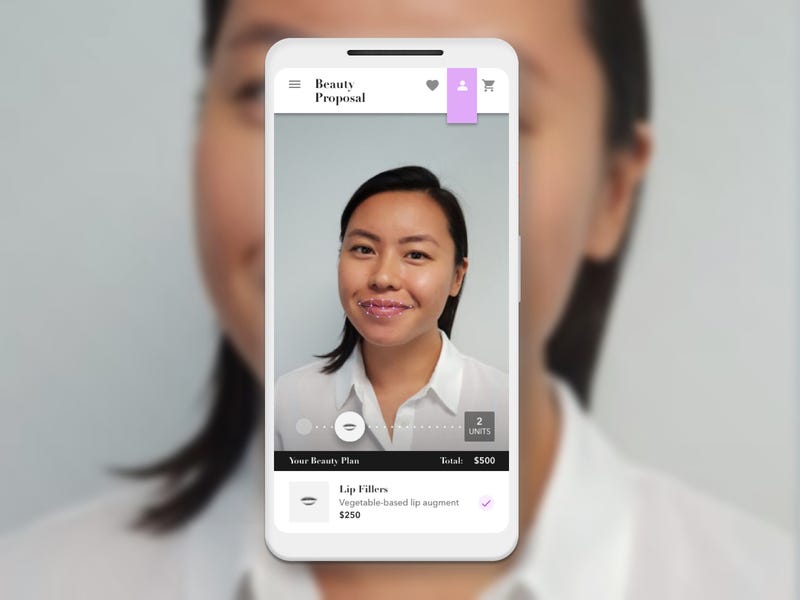
Clothing preview
‘Try before you buy’ is a timeless marketing formula. But AR turns this procedure on the next level.
Below is a concept of AR experience that gives online shoppers an option to try the sneaker on their feet before purchasing it. The user points a camera at her foot, and AI recognizes the leg and the foot 3D position. Then, AR overlays the new shoe or sneaker on top of the existing one.
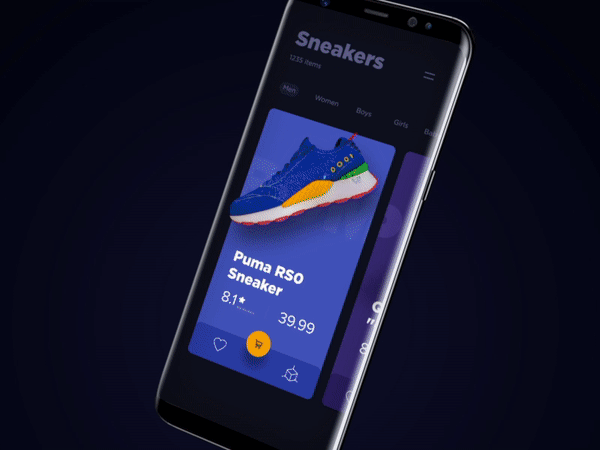
4. Sharing objects and places
AR that makes the process of sharing more natural for users
Sharing location
When we need to share our location with other people, we often have to type the exact address. AR can help you reduce the effort required to do that.
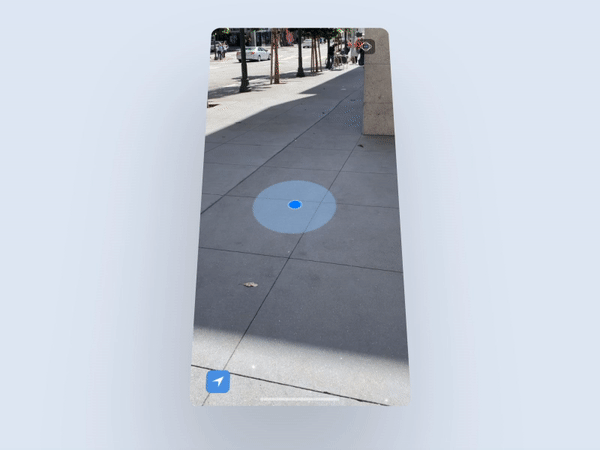
5. Measuring physical objects
AR that utilizes physical properties of the real-world objects
Finding the best fit
Many e-commerce companies face the problem of clothing returns. While companies attempt to solve this problem by providing clear measuring tables, this solution does not guarantee that users will have the correct measurements. Also, users have to spend extra time measuring their body.
Here’s a concept for finding your footwear size using AR measurement. Instead of measuring your foot with a ruler and referring to a footwear sizing chart, let the app do it for you. It recommends you the best fit for each shoe.
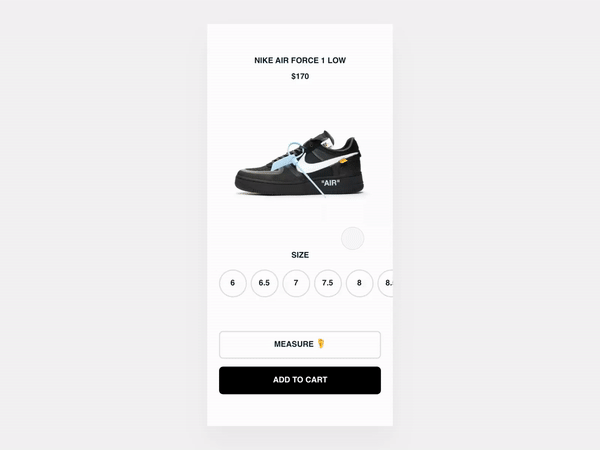
AR Tools
When it comes to creating mobile AR, Apple’s ARKit and Google’s ARCore are necessary tools for mobile app designers & developers.
Here is a collection of tools you can use to create AR applications:
Source: https://uxplanet.org/9-creative-mobile-ar-concepts-6b61d8cd6fec
Written by
Nick Babich
Editor-in-chief of UX Planet (https://uxplanet.org). http://babich.biz
UX Planet
UX Planet is a one-stop resource for everything related to user experience.